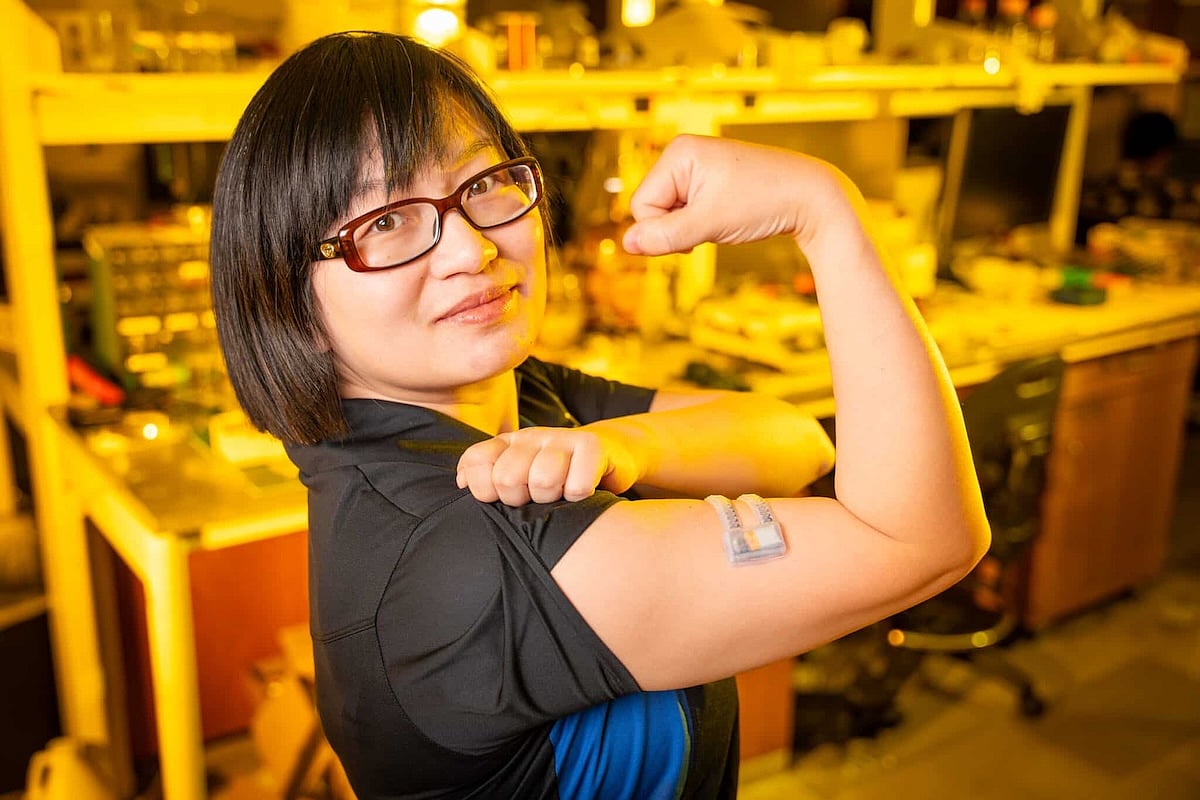
Teenagers chatting with ChatGPT will soon see a very different version of the tool — one built with stricter ways to keep them safe online, OpenAI announced. The new safeguards come as regulators increase scrutiny of chatbots and their impact on young people’s mental health. Under the change, anyone identified as under 18 will automatically… read on > read on >


















